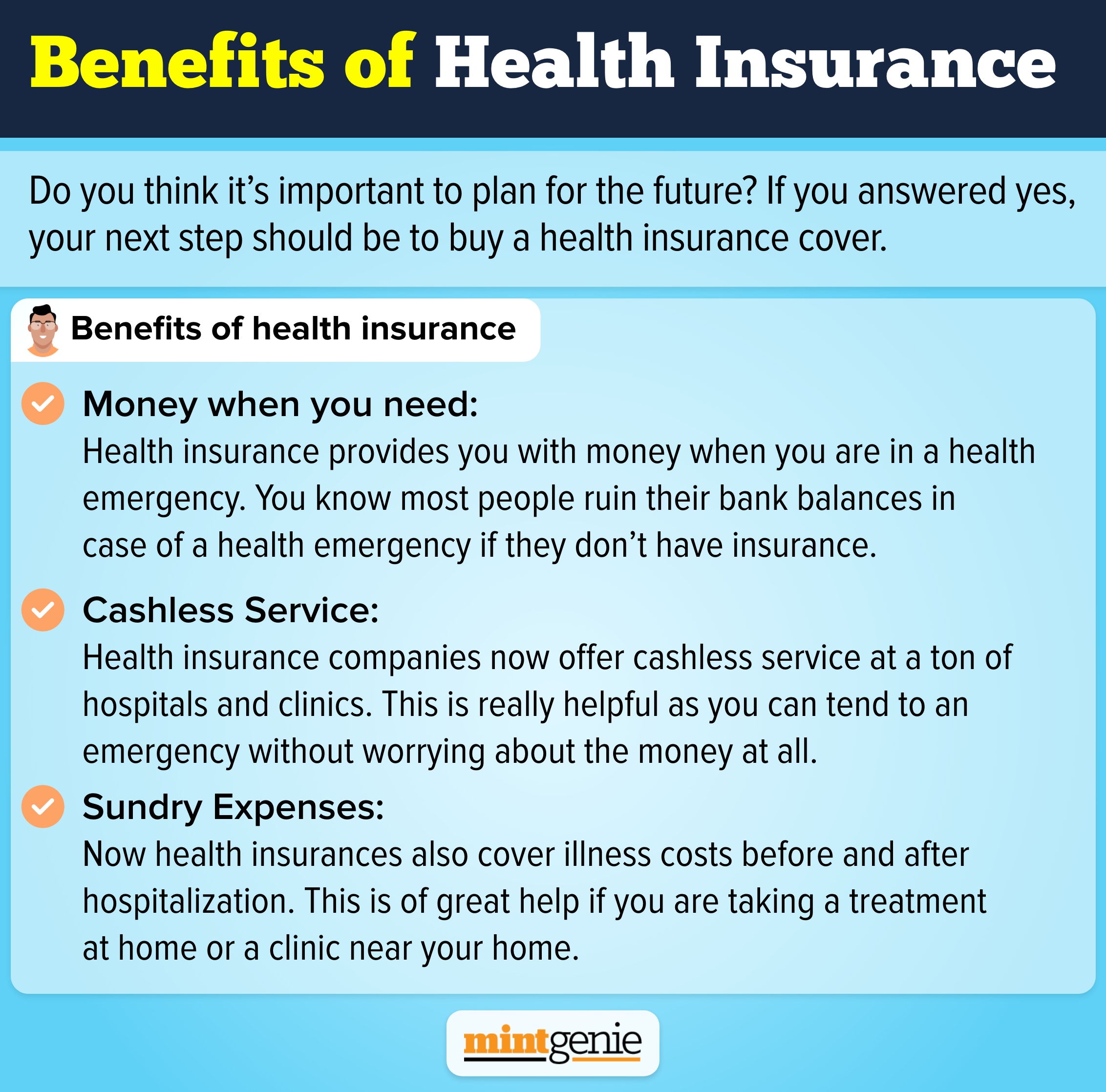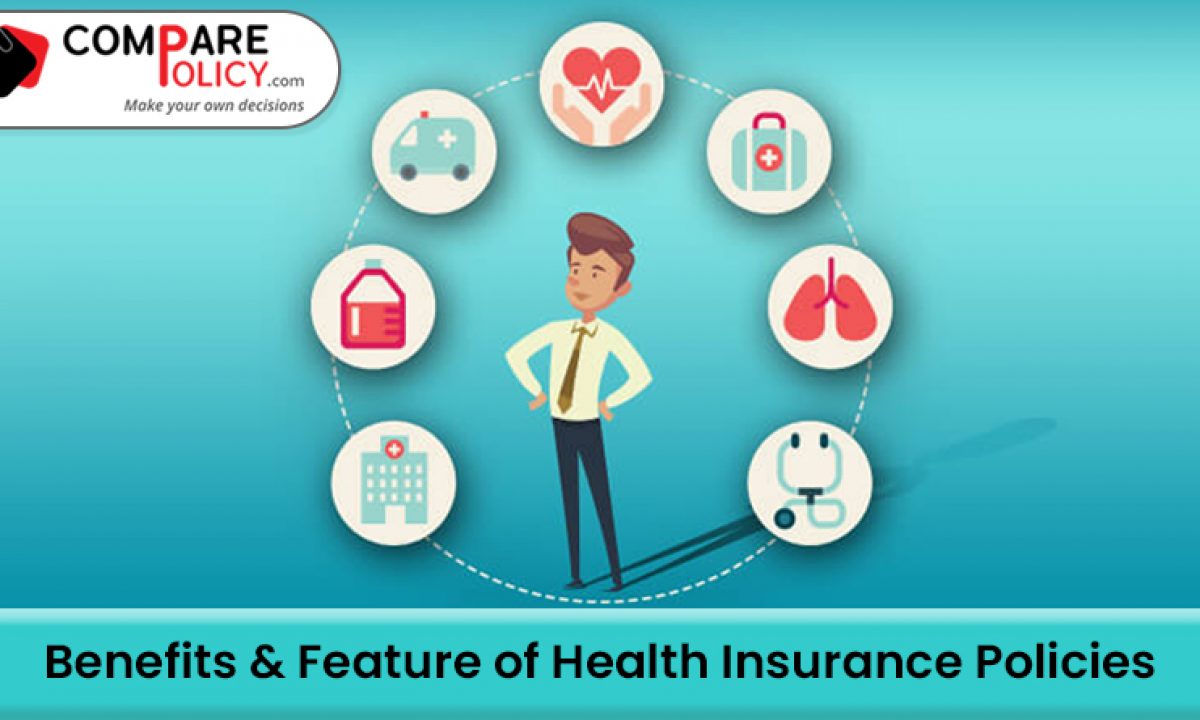Our Medicare Advantage Agent Statements
Our Medicare Advantage Agent Statements
Blog Article
Medicare Advantage Agent Can Be Fun For Everyone
Table of ContentsThe Single Strategy To Use For Medicare Advantage AgentRumored Buzz on Medicare Advantage AgentSome Of Medicare Advantage Agent

complies with from confusing the relatively young age profile of the without insurance with the much better health, on average, of younger persons. This covers the link in between wellness standing and medical insurance. For those without access to office medical insurance, inadequate wellness is a potential barrier to purchasing nongroup protection since such protection may be very valued, omit pre-existing conditions, or be simply inaccessible. The number of uninsured Americans is not especially big and has not altered in recent times. Seven out of ten participants in a nationally representative survey assumed that less Americans lacked medical insurance than really do(Fronstin, 1998). About fifty percent(47 percent )believed that the variety of individuals without wellness insurance policy reduced or remained constant over the latter fifty percent of the last years(Blendon et al., 1999). This drop of nearly 2 million in the variety of individuals 'without insurance policy (a decrease
of about 4 percent)is certainly a positive adjustment. With a softer economic situation in 2000 the most current reported gains in insurance coverage may not continue(Fronstin, 2001 ). The decrease in the number of without insurance will not continue if the economic climate continues to be slow-moving and healthcare prices continue to exceed rising cost of living. This is due to the fact that the information were gathered for a duration of strong financial performance. Of the estimated 42 million people that were uninsured, all yet concerning 420,000(concerning 1 percent)were under 65 years of age, the age at which most Americans become eligible for Medicare; 32 million were grownups between ages 18 and 65, around 19 percent of all grownups in this age team; and 10 million were children under 18 years old, regarding 13.9 percent of all children (Mills, 2000). These price quotes of the number of individuals without insurance are generated from the yearly March Supplement to the Current Population Survey (CPS), conducted by the Demographics Bureau. Unless otherwise kept in mind, nationwide price quotes of people without wellness insurance policy and proportions of the population with different type of insurance coverage are based upon the CPS, the most widely made use of resource of price quotes of insurance protection and uninsurance rates. These studies and the quotes they generate are explained briefly in Table B. 1 in Appendix B - Medicare Advantage Agent. These surveys differ in dimension and tasting methods, the questions that are asked about insurance
The Best Guide To Medicare Advantage Agent
protection, and the moment duration over which insurance coverage or uninsurance is measured(Lewis et al., 1998, Fronstin, 2000a ). Still, the CPS is particularly beneficial because it produces yearly estimates fairly promptly, reporting the previous year's insurance policy protection estimates each September, and because it is the basis for a constant set of price quotes for even more than twenty years, enabling analysis of trends in coverage gradually.

Not known Facts About Medicare Advantage Agent
Over a three-year period starting early in 1993, 72 million individuals, 29 percent of the U.S. populace, were without coverage for at least one month. Within a solitary year(1994), 53 million individuals experienced a minimum of a month without coverage(Bennefield, 1998a). 6 out of every 10 without insurance adults are themselves employed. Although functioning does enhance the chance that and one's member of the family will have insurance policy, it is not an assurance. Also participants of family members with two full time breadwinner have almost a one-in-ten chance of being without insurance (9.1 percent without insurance rate)(Hoffman and Pohl, 2000 ). The relationship in between health insurance policy and accessibility to care is well developed, as recorded later on in this chapter. Although the connection in between wellness insurance policy and health and wellness results is neither straight nor simple, a considerable professional and wellness solutions research study literature web links medical insurance coverage
to better accessibility to care, much better top quality, and improved personal and go to this web-site populace health status. As an example, the second report, on individual health and wellness results for uninsured adults, is represented by the inner circle of the number, while the third record, on family members health, incorporates the subjects of the 2nd record however stresses a various system of analysis, namely, the household. The 6th report in the series will present details regarding approaches and efforts carried out locally, statewide, or country wide to resolve the absence of insurance policy and its negative influences. Degrees of evaluation for examining the results of uninsurance. This discussion of medical insurance coverage focuses mostly on the U.S. populace under age 65 due to the fact that basically all Americans 65 and older have Medicare or other public protection.
In addition, it focuses specifically on those without any type of health and wellness insurance policy for any kind of size of time. The issues faced by the underinsured remain in some areas comparable to those dealt with by the without insurance, although they are typically less extreme. Uninsurance and underinsurance, nonetheless, entail distinctly different policy issues, and the methods for resolving them may vary. Throughout this study and the five records to comply with, the main emphasis gets on persons without any medical insurance and thus no support in spending for healthcare beyond what is offered with charity and safety and security net institutions. Medical insurance is a powerful element affecting invoice of treatment since both individuals and physicians react to the out-of-pocket cost of solutions. Wellness insurance, however, is neither essential neither adequate to get to medical services. The independent and straight effect of health and wellness
insurance insurance policy on access to health health and wellness is well establishedDeveloped Others will certainly acquire the healthcare they require even without health insurance coverage, by paying for it expense or seeking it from companies that offer care complimentary or at extremely subsidized rates. For still others, wellness insurance policy alone does not make certain invoice of care due to other nonfinancial barriers, such as an absence of healthcare carriers in their area, minimal accessibility to transport, illiteracy, or etymological and social differences. Official research study about without insurance populations in the USA dates to the late 1920s and very early 1930s when the Committee on the Expense of Medical Care produced a series of reports regarding financing physician workplace brows through and hospital stays. This problem became significant as the numbers of clinically indigent climbed up throughout the Great Depression. Empirical research studies consistently support the link in between access to care and boosted health and wellness end results(Bindman et al., 1995; Starfield, 1995 ). Having a normal source of care can be taken into consideration a forecaster of additional hints gain access to, rather than a straight procedure of it, when wellness results are themselves used as gain access to indicators. This extension of the concept of accessibility dimension was made by the IOM Board on Keeping An Eye On Accessibility to Personal Healthcare Solutions(Millman, 1993, p. Whether moms and dads are guaranteed appears to influence whether or not their youngsters get treatment along with exactly how much careeven if the children themselves have protection(Hanson, 1998). The health and wellness of moms and dads can impact their capacity to care for their kids and the degree of household tension. Fretting about their kids's accessibility to care is itself a source of stress and anxiety for parents. Three chapters comply with in this report. Chapter 2 offers a review of exactly how employment-based medical insurance, public programs and individual insurance coverage operate and connect to provide extensive but insufficient insurance coverage of the U.S. population. This includes a review of historical patterns and public laws affecting both public and private insurance policy, a discussion of the communications amongst the different types of insurance policy, and an assessment of why individuals move from one program to one more or end up

Report this page